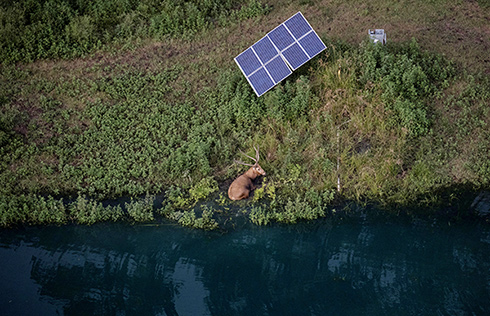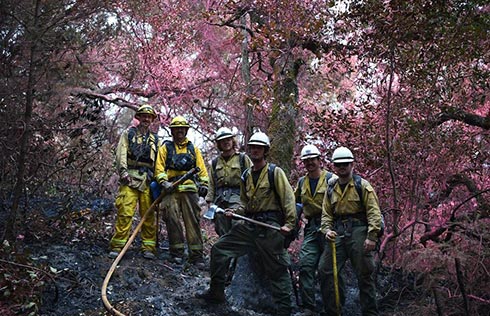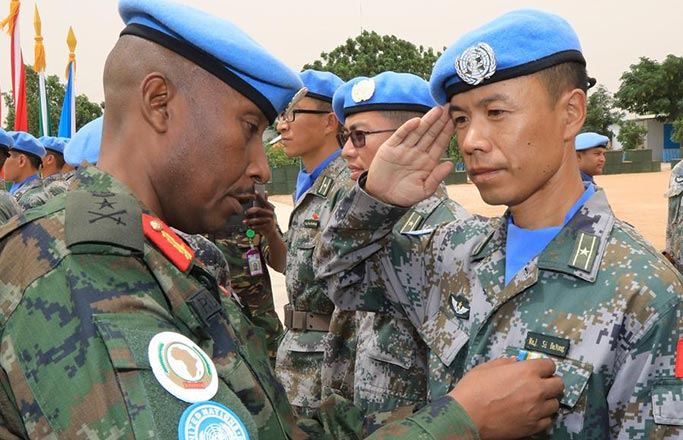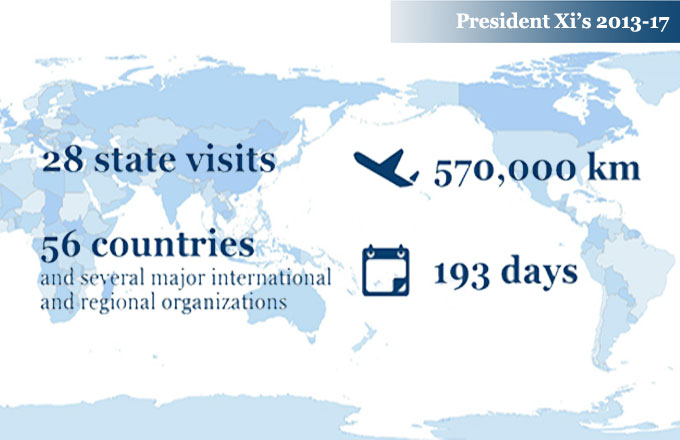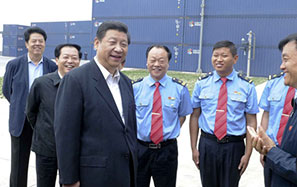The rise of the Eurasian silk road
From destabilization to prosperity
Three years ago, when I first argued that the SCO is moving from security to economic development, the idea was welcomed with great skepticism in the West. After all, for half a century, US global primacy has been seen to depend on pre-eminence in Eurasia, according to Western security doctrines.
“Eurasia is the chessboard on which the struggle for global primacy continues to be played, and that struggle involves… geopolitical interests,” Brzezinski argued in The Grand Chessboard. Only a year before the release of his treatise on Eurasian power, China, Kazakhstan, Kyrgyzstan, Russia and Tajikistan founded a Eurasian political, economic and military organization called the Shanghai Five. After the inclusion of Uzbekistan in 2001, it became the Shanghai Cooperation Organization.
In 2007, the SCO signed a collective security treaty to broaden cooperation in security, crime and drug trafficking. At the same time, many nations have received observer status at the SCO summits (including Afghanistan, Belarus, India, Iran, Mongolia, and Pakistan), while others have become “dialogue partners,” . Today, the SCO’s six full members account for 60 percent of the land mass of Eurasia. It is home to a quarter of world population.
Brzezinski thought it was imperative that no Eurasian challenger should challenge America's global pre-eminence. Unlike NATO, the SCO does not seek hegemonic expansion through destabilization, but economic prosperity through stabilization. That’s the way to the future - the only way.
Dr Dan Steinbock is Guest Fellow of Shanghai Institutes for International Studies (SIIS). This commentary is based on his SIIS project on '"China and the multipolar world economy.”






